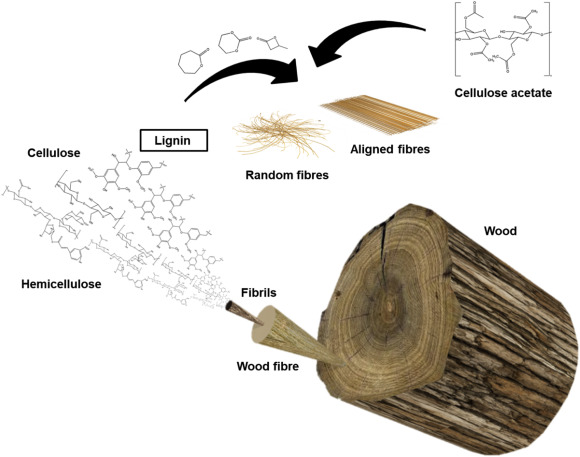When it comes to smoking, most of the attention is focused on tobacco or cannabis—but what about the paper that holds it all together? Cigarette paper may seem harmless, but the materials and chemicals it contains can have a real impact on your health.
Whether you're a casual smoker or someone who rolls their own cigarettes regularly, understanding what goes into cigarette paper and how to minimize potential harm is essential.
What is Cigarette Paper Made Of?

Cigarette paper is typically made from natural plant fibers, most commonly flax, hemp, rice straw, or wood pulp. The fibers are finely processed to create a thin, slow-burning, and lightweight sheet suitable for rolling tobacco or herbs.
Some brands also use a blend of cellulose and chemical agents to achieve specific burn rates or textures. To maintain uniformity, certain papers include additives like chalk (calcium carbonate) for color and combustion control. Bleaching agents may also be used to give the paper a white appearance.
What Chemicals are in Cigarette Paper?
Although cigarette paper is marketed as “just paper,” the reality is more complex. Depending on the brand and manufacturing process, the paper may include:
-
Chlorine or calcium carbonate – used for bleaching and ash color control
-
Burn accelerants – such as sodium or potassium citrate to maintain a consistent burn
-
Flavor additives – especially in flavored or branded rolling papers
-
Glue strips – often made from ethylcellulose or other food-safe adhesives, though some may contain chemicals not intended for inhalation
Some cheaper or mass-produced cigarette papers may contain trace residues of industrial chemicals from processing.
Does Cigarette Paper Affect Our Health?
Yes, it can—especially when burned and inhaled. Though less toxic than the tobacco it wraps, cigarette paper contributes to:
-
Combustion byproducts – including carbon monoxide, tar, and other carcinogens
-
Additive exposure – from bleach, glue, and burn enhancers
-
Respiratory irritation – particularly in sensitive individuals or those with asthma
Unbleached, organic papers generally produce fewer harmful emissions, but any burning material introduces particulate matter into the lungs.
How to Choose Safer Rolling Papers
To reduce health risks, consider these factors when selecting cigarette paper:
-
Material – Choose hemp, rice, or flax over wood pulp
-
Bleach-free – Look for “unbleached” or “chlorine-free” labels
-
Additive-free – Opt for brands that clearly state no added chemicals or flavorings
-
Thinness – Thinner papers usually burn cleaner with less residue
-
Trusted brands – Reputable companies are more transparent about their ingredients and processes
We should find brands even offer lab-tested papers that disclose combustion residues.
Tips to Reduce Health Risks
Even with safer paper, the act of smoking carries inherent risks. That said, here are some ways to reduce exposure:
-
Avoid heavily processed papers with artificial flavors or dyes
-
Do not relight half-smoked cigarettes, as the paper can degrade and produce more toxins
-
Use filters or activated carbon tips to trap some harmful substances
-
Roll tightly to ensure efficient burning and less paper use per smoke
-
Switch to vaping or smoke-free alternatives if reducing harm is a key priority
While cigarette paper may seem like a small part of the smoking experience, its composition and quality matter more than most people realize. Choosing natural, additive-free papers and adopting smarter smoking habits can help you limit unnecessary exposure to harmful chemicals. The paper may not be the biggest health risk—but it's one worth understanding. We Minfeng offer healthy rolling papers, please feel free to contact us!































